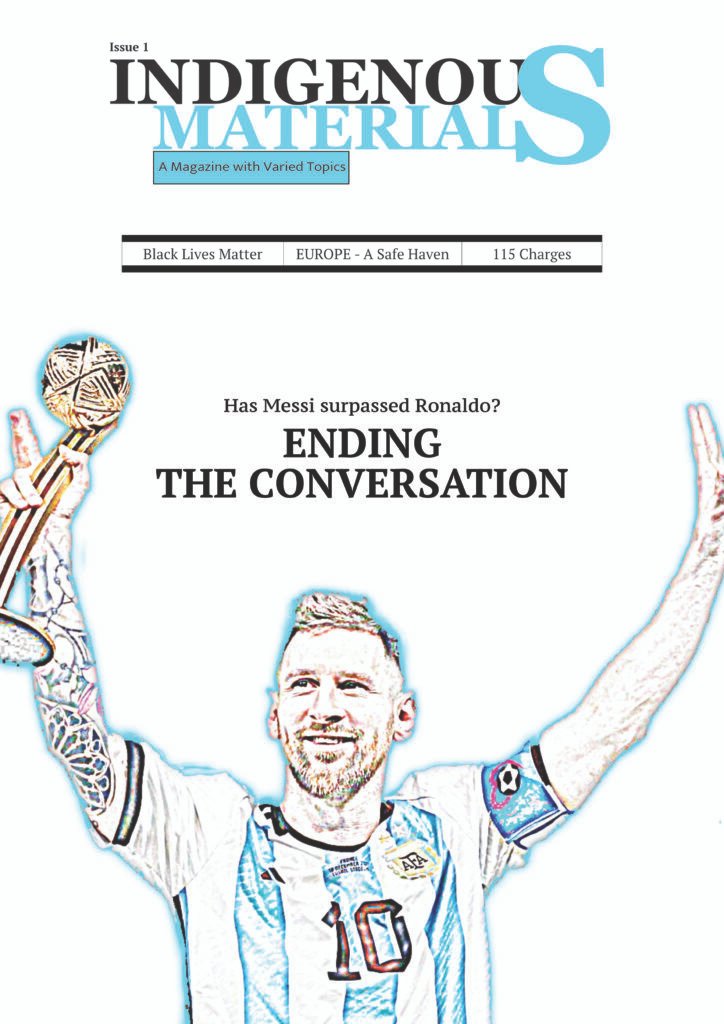Image Credit: EA Sports Games Inc.
Author’s Score
14/20
EA don’t really listen to the community
Since its release, over 120 hours have been spent playing EA Sports FC 26, and nothing significant has changed. Year after year, EA promises evolution, claiming they have “listened to the community”, yet this familiar assurance rings hollow again. The company’s marketing campaigns are polished, the trailers are cinematic, and the pre-launch buzz always feels promising. But when the controller is in your hands, it’s hard to shake the feeling that this is the same game you’ve been playing for years, just wrapped in a new cover.
At first glance, FC26 appears to build upon the success of FC25, but once you dive into the gameplay and modes, the truth becomes evident: progress is minimal. The core mechanics feel recycled, and the changes are so subtle that only the most devoted FC veterans will notice them. EA’s claim of innovation feels more like an annual ritual than a genuine commitment to improvement. It’s a cycle fans have grown used to: new branding, minor tweaks, and the same frustrations.
To EA’s credit, the gameplay itself does feel slightly refined. Passing and dribbling have marginal improvements, and player movement looks smoother in certain areas. Defending feels more responsive, and ball physics appear marginally more realistic. But these are micro-adjustments, cosmetic in nature rather than the transformative overhaul fans have been asking for. For casual players, these changes might pass unnoticed; for hardcore fans, they feel like a bandage on a long-standing wound.
The real disappointment lies in the game modes. Both Career Mode and Player Career Mode continue to lack depth and imagination. Career Mode, once the flagship single-player experience, feels lifeless. The menus have changed, the colours are different, but the gameplay loop remains untouched. It’s still the same repetitive formula: buy players, simulate matches, and chase trophies with little narrative or emotional investment. EA seems to think a new interface equals innovation, but fans see through it.
Player Career Mode fares no better. Despite years of feedback, the mode still lacks immersion. There are no meaningful off-the-pitch activities, no personal storylines, and no sense of living the life of a footballer beyond the 90 minutes on the pitch. Compare that to NBA 2K26, where players can walk through a virtual city, buy clothing, and shape their athlete’s personality both on and off the court. In FC26, your player feels like a static avatar: mechanical, rigid, and disconnected from the world around them.
What’s even more frustrating is that EA has clearly chosen to prioritise Ultimate Team over everything else. Ultimate Team remains the financial powerhouse of the franchise, and the game’s design continues to revolve around it. Microtransactions are not just present; they dominate the experience. EA’s obsession with monetising nostalgia, using ex-pro players and fantasy “Icons,” has turned football simulation into a pay-to-win fantasy card game. Players who simply want to immerse themselves in an authentic football career are left behind.
There’s a clear imbalance in EA’s focus. The company is pouring creativity and resources into Ultimate Team, adding new promos, flashy animations, and limited-time packs, while the core modes that defined the EA franchise have stagnated. The irony is that many players wouldn’t even mind microtransactions in Career Mode if they served a purpose, allowing for lifestyle features, club customisation, or realistic player development options. But EA refuses to take that creative risk, preferring instead to recycle its most profitable formula.
At its best, FC26 remains a technically polished football simulator. The graphics are crisp, the commentary is dynamic, and stadium atmospheres continue to impress. But the experience feels hollow, beautiful to look at, yet shallow beneath the surface. There’s a disconnect between what EA markets and what they deliver. Football, at its core, is about passion, creativity, and unpredictability, qualities this game seems to have lost in pursuit of microtransaction-driven perfection, and continues not to connect the microtransaction to the manager’s career and player’s career modes.
In the end, EA Sports FC26 is not a bad game; it’s a safe one. And that’s the problem. The franchise has become too comfortable, too reliant on nostalgia and incremental updates. A revamp is desperately needed, particularly for Career Mode, which should be the heart of the game, not an afterthought. Until EA remembers that football is about more than profit margins and online packs, the FC series will continue to look new but feel old.




